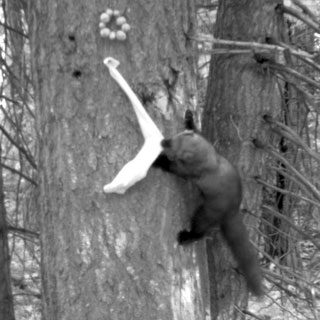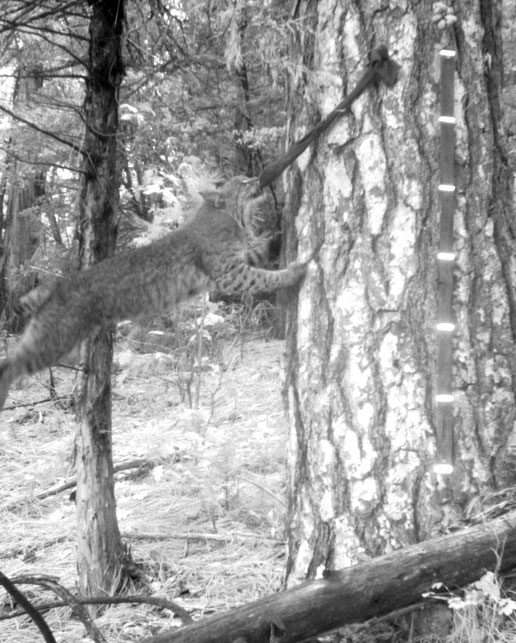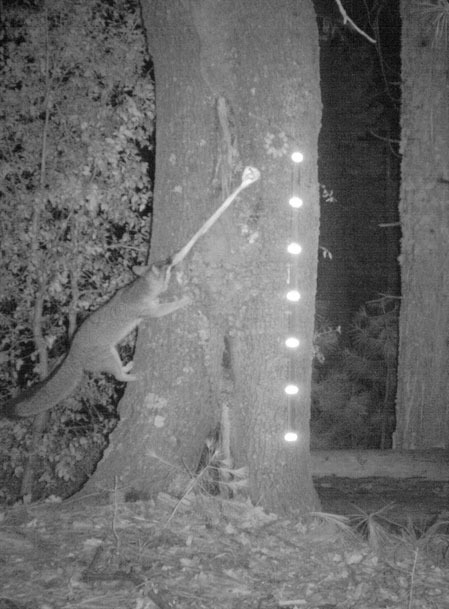By Anne Lombardo
A University of California wildlife research team working in the Sierra Nevada near Oakhurst, Calif., is asking the public to donate clean, gently used socks for research on a rare weasel called the Pacific fisher.

The team is part of the Sierra Nevada Adaptive Management Project (SNAMP), which is examining the effects of forest thinning, as currently done by the U.S. Forest Service, on the health of local wildlife, the forest and water resources. The U.S. Forest Service implements these treatments out of concern for excessive fire risk. Eighty years of fire suppression, reductions in logging and drought conditions have left the forest increasingly overcrowded and excessively flammable.
But what kind of research could go through hundreds of socks a month? After years of experimentation, the research team has determined that socks are the ideal receptacle for hanging fisher bait in trees. The researchers are going through 250 pair a month, at a considerable cost, to create the “chicken in a sock” bait stations.
Besides the cost, chief scientist Dr. Rick Sweitzer is spending too much time in the Wal-Mart checkout line with a cart full of socks.
The scientists don’t need new socks; they would prefer old, unmatched, non-holey ones, something every American has cluttering up their sock drawers. You know the ones!
So, in an effort to reduce, reuse and recycle, the SNAMP wildlife research team is putting out a call for lost and lonely socks.
Socks may be delivered or mailed to 40799 Elliott Dr., Oakhurst CA 93644. For more information contact Anne Lombardo at amlombardo@ucdavis.edu. To read more about the research project visit the SNAMP website. Other wildlife are also attracted to the bait stations:
 A bobcat at the sock bait station.
A bobcat at the sock bait station.
 A fox at the sock bait station.
A fox at the sock bait station.
